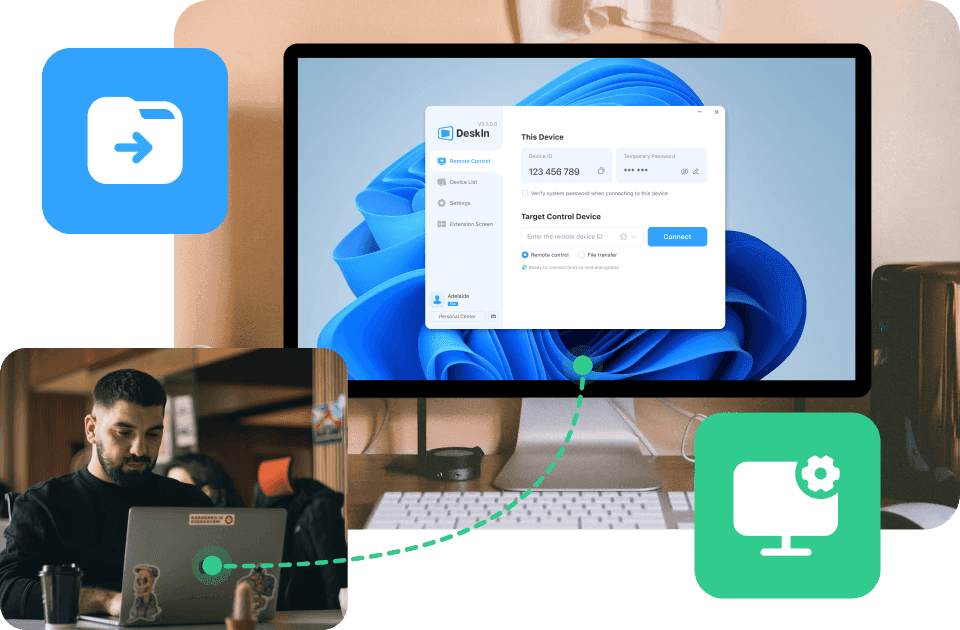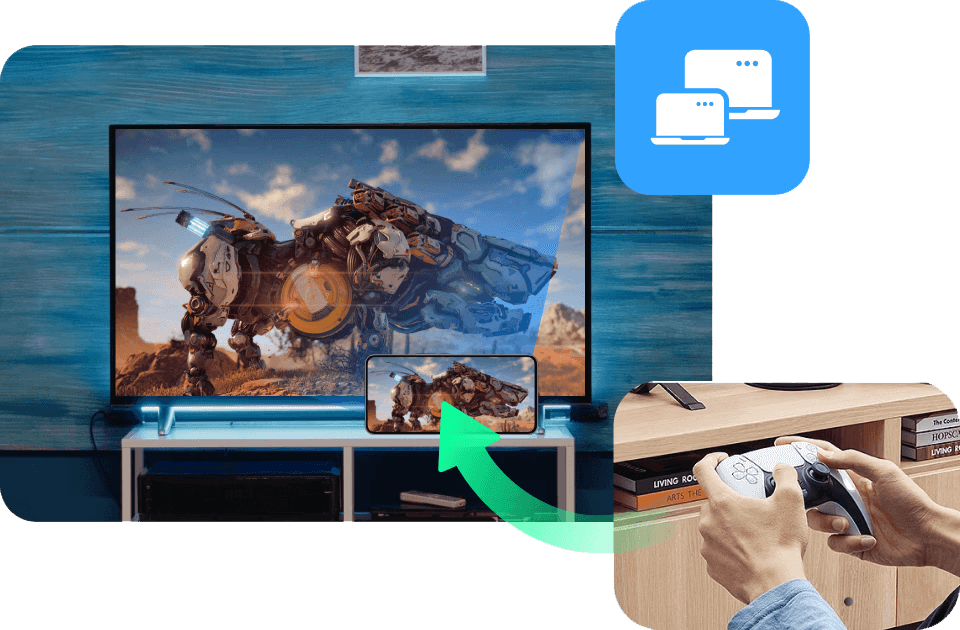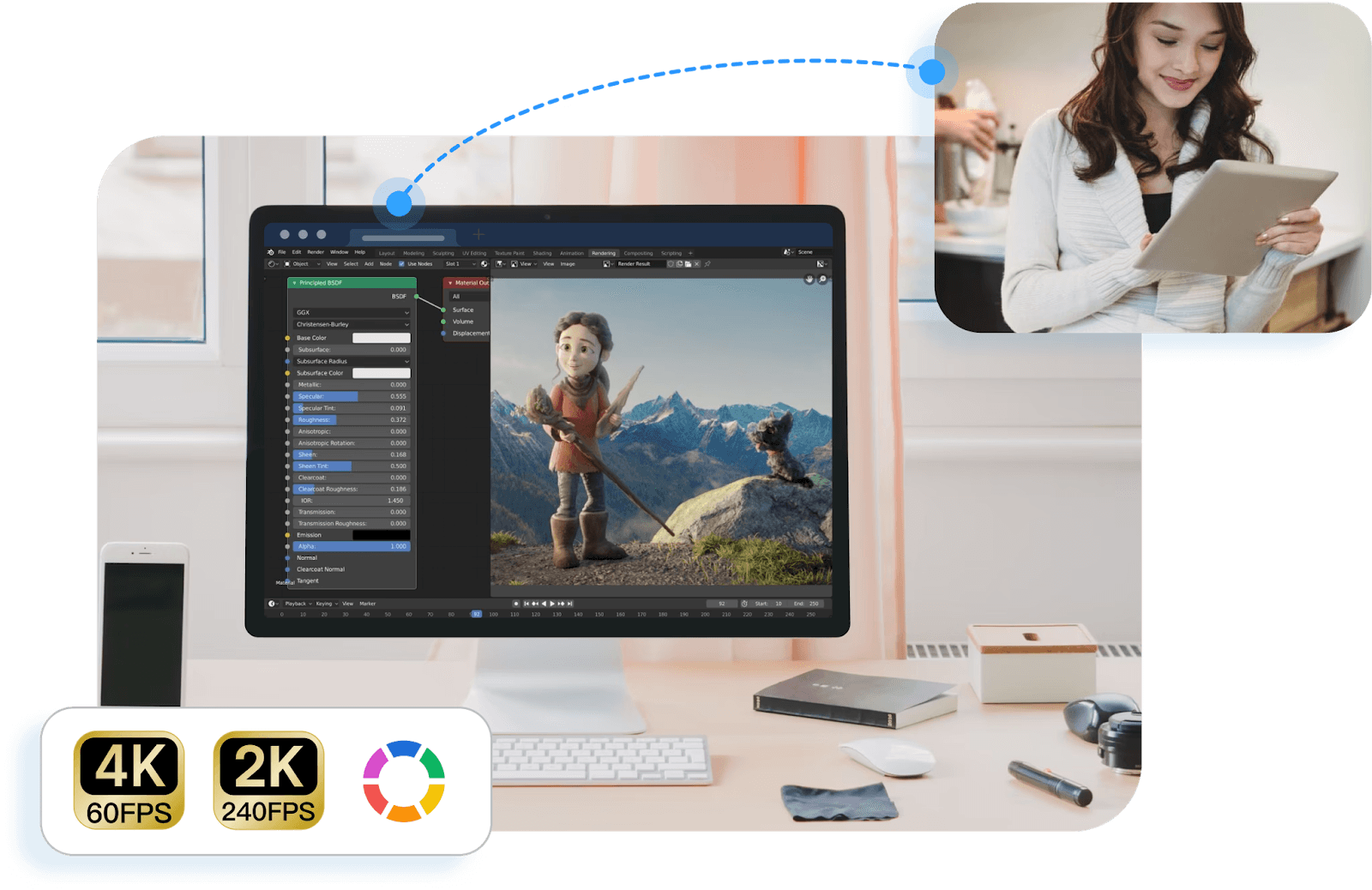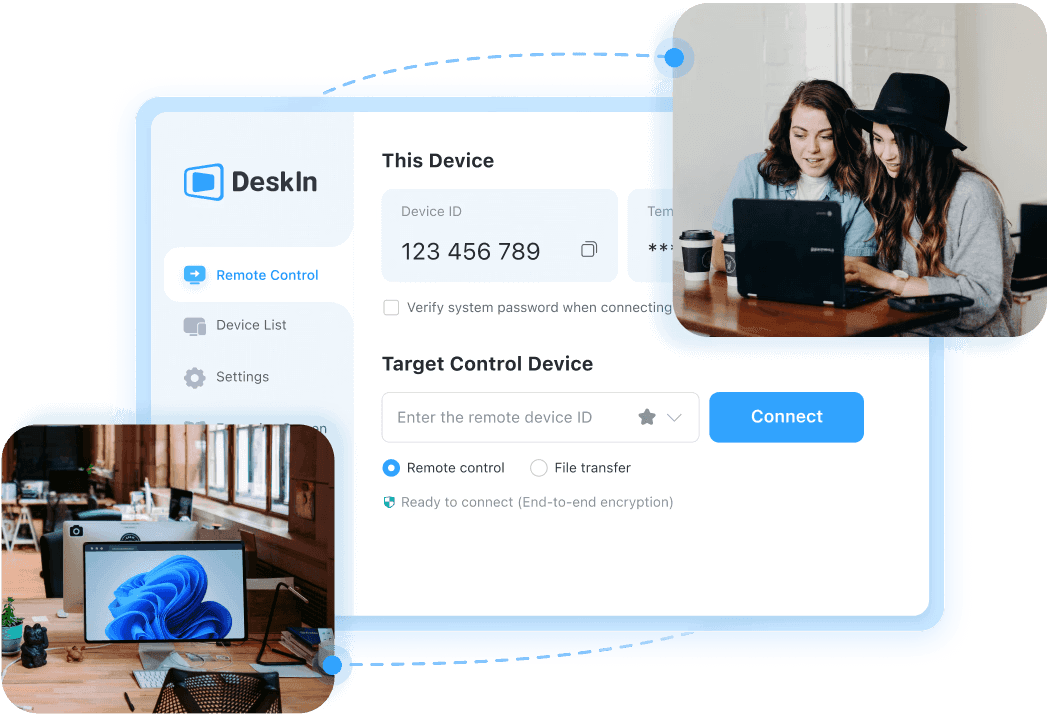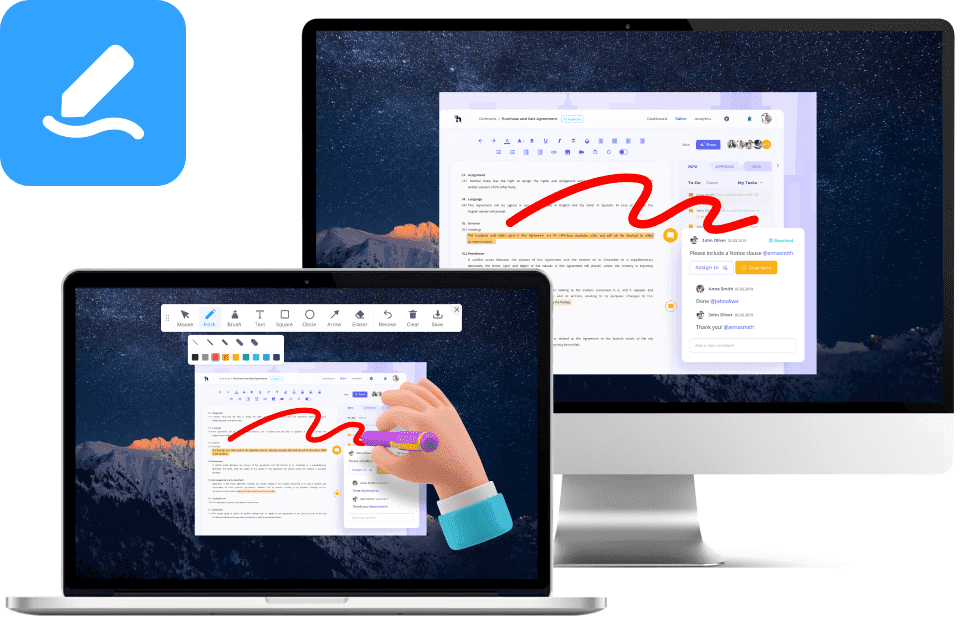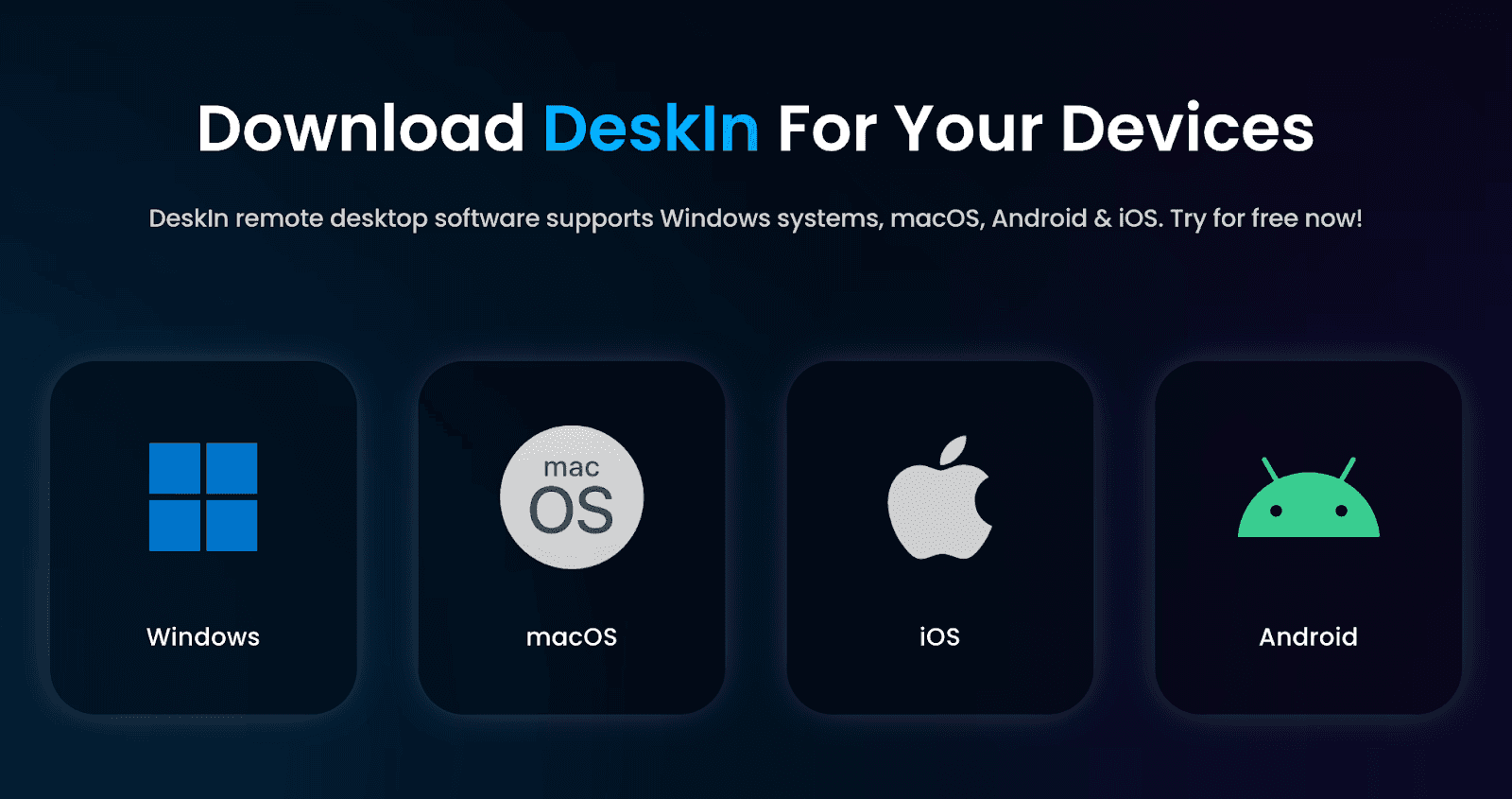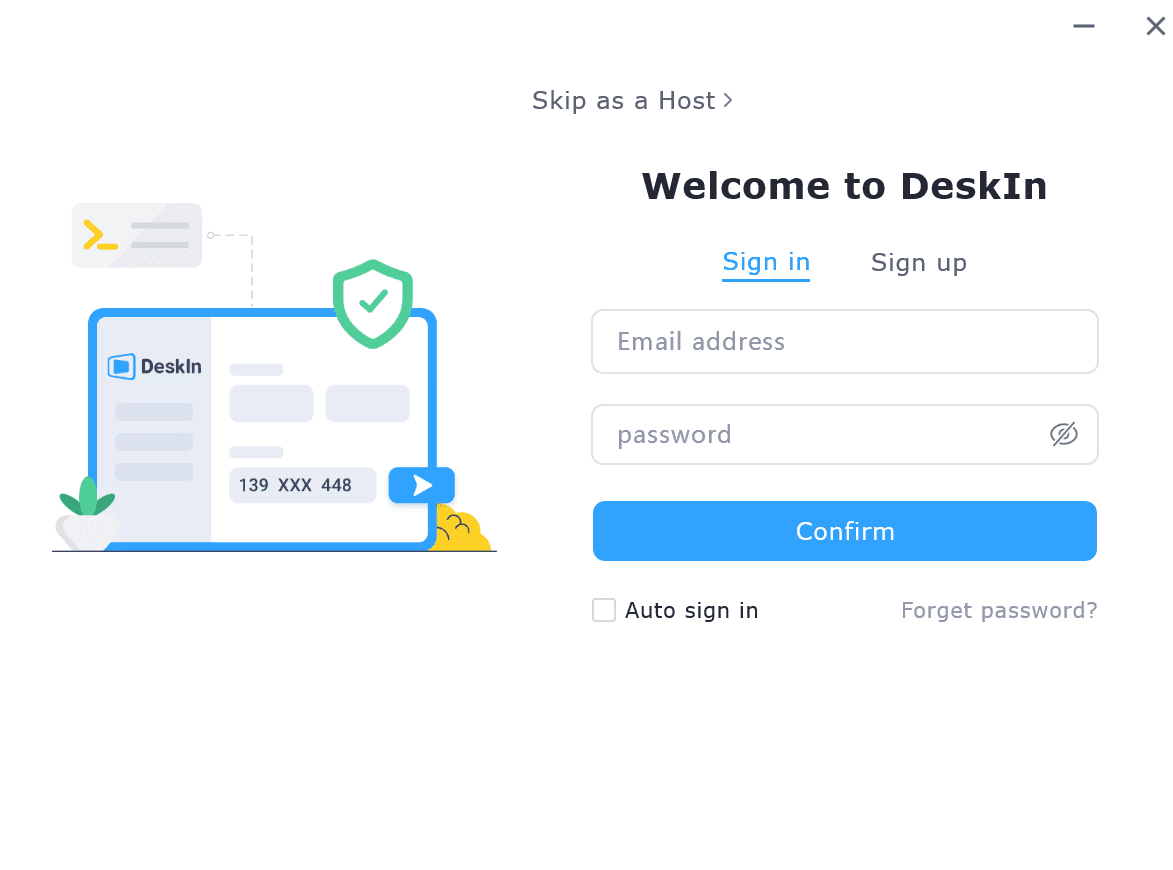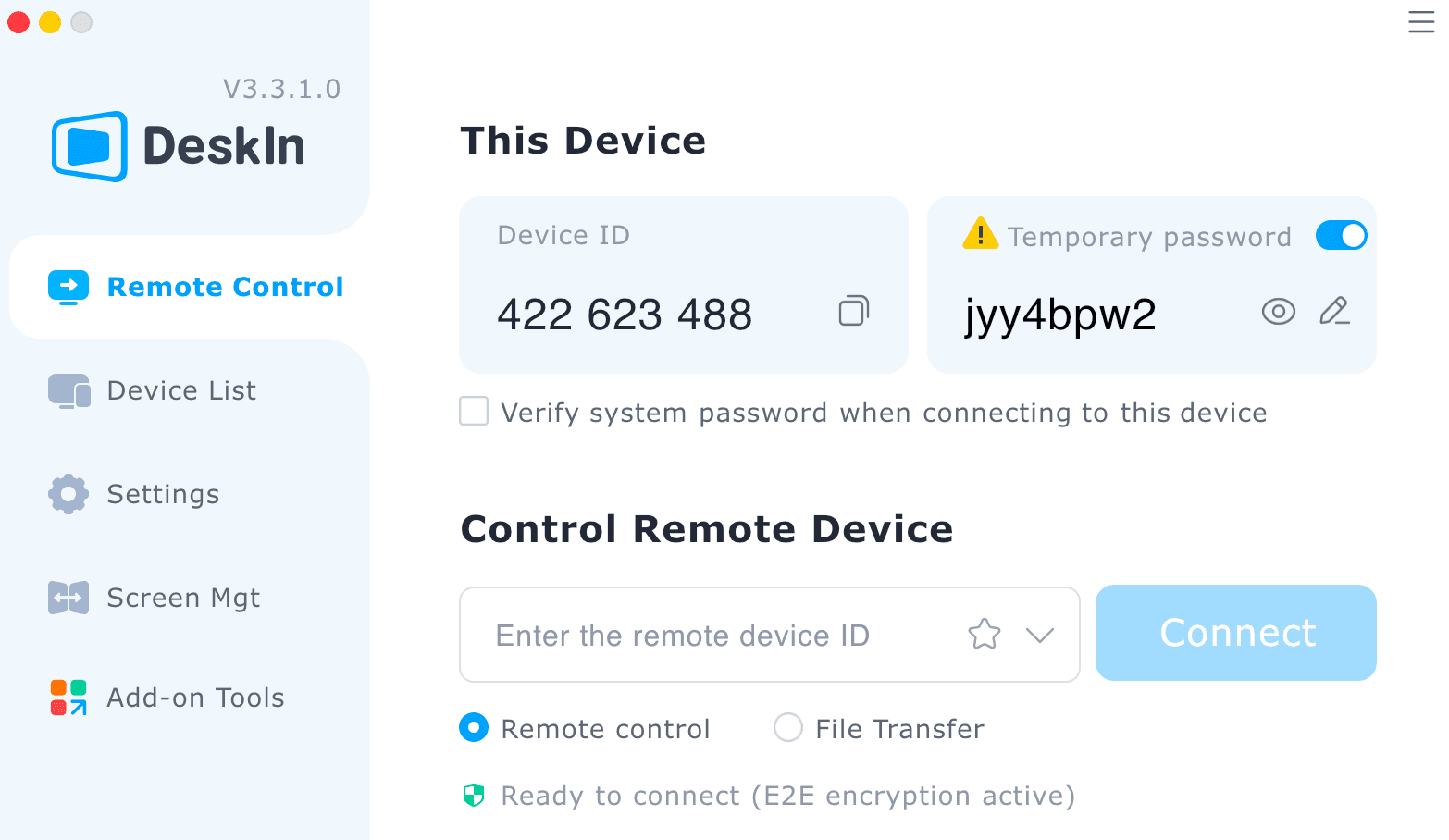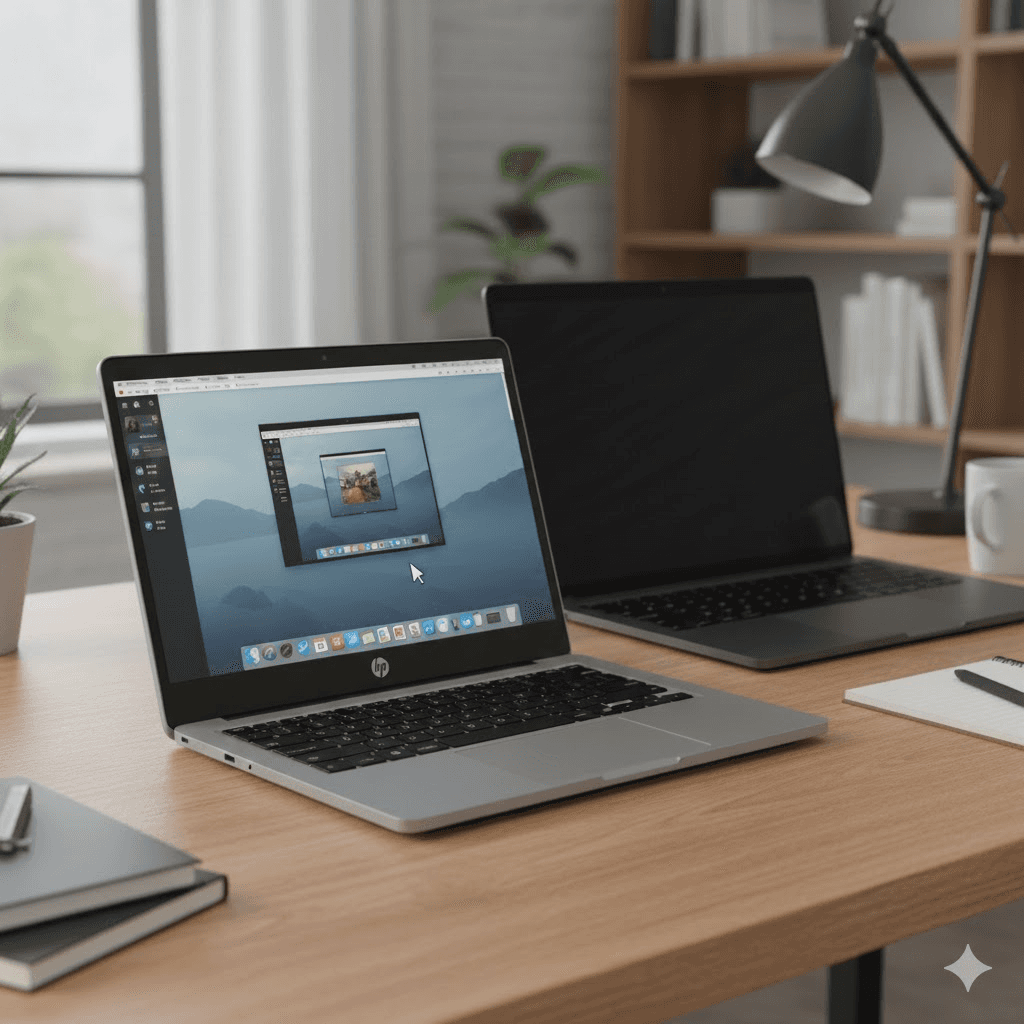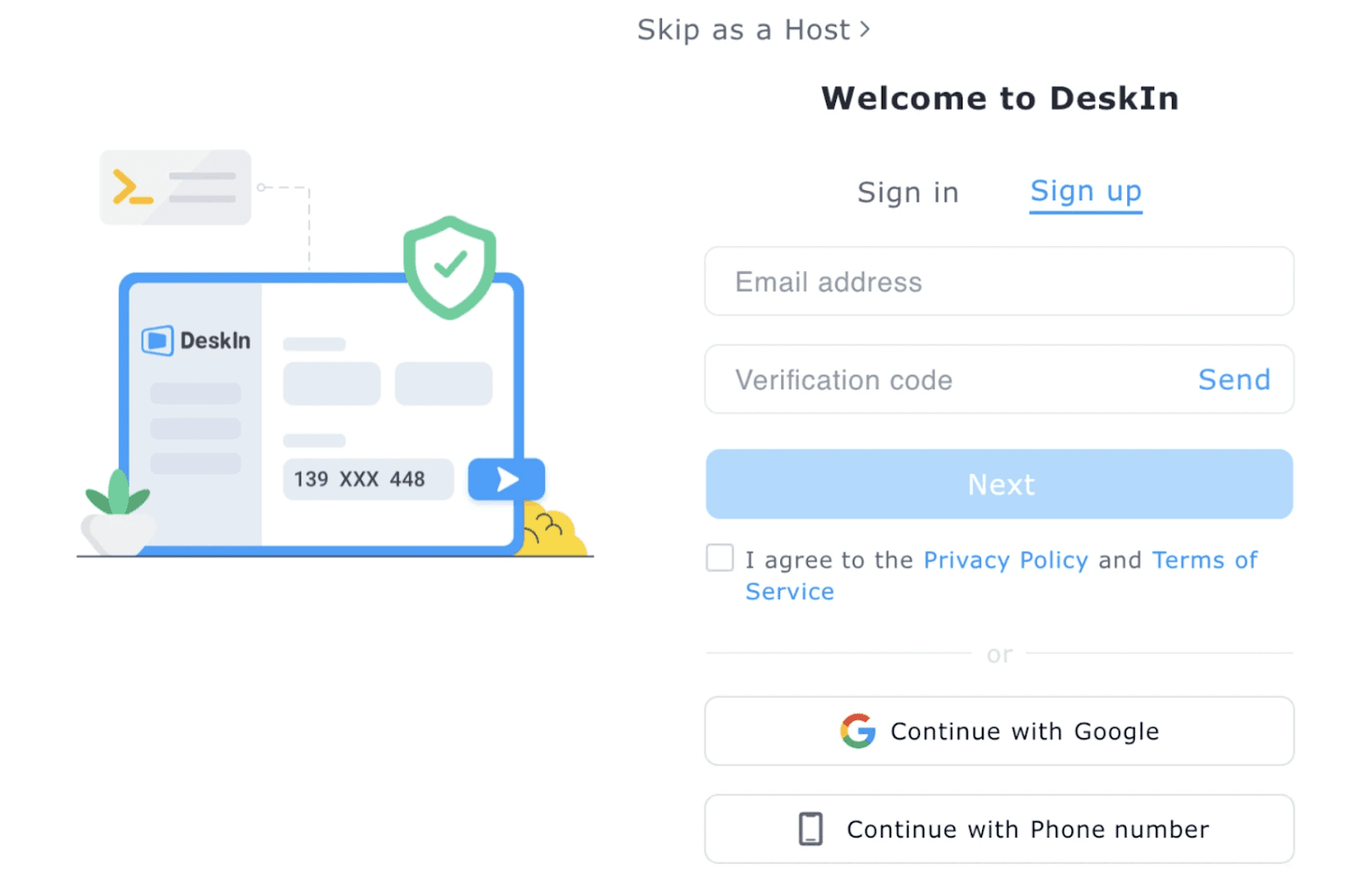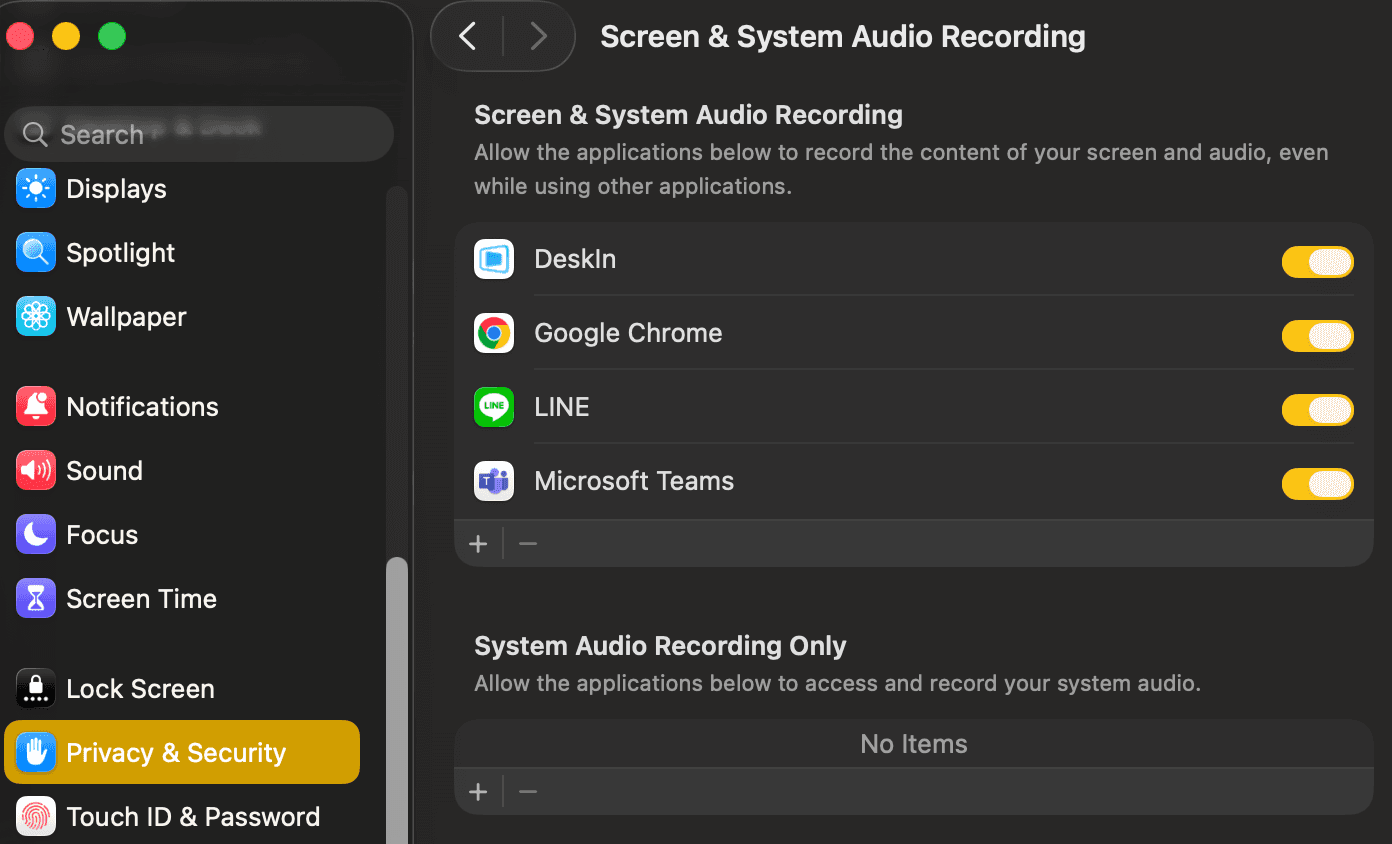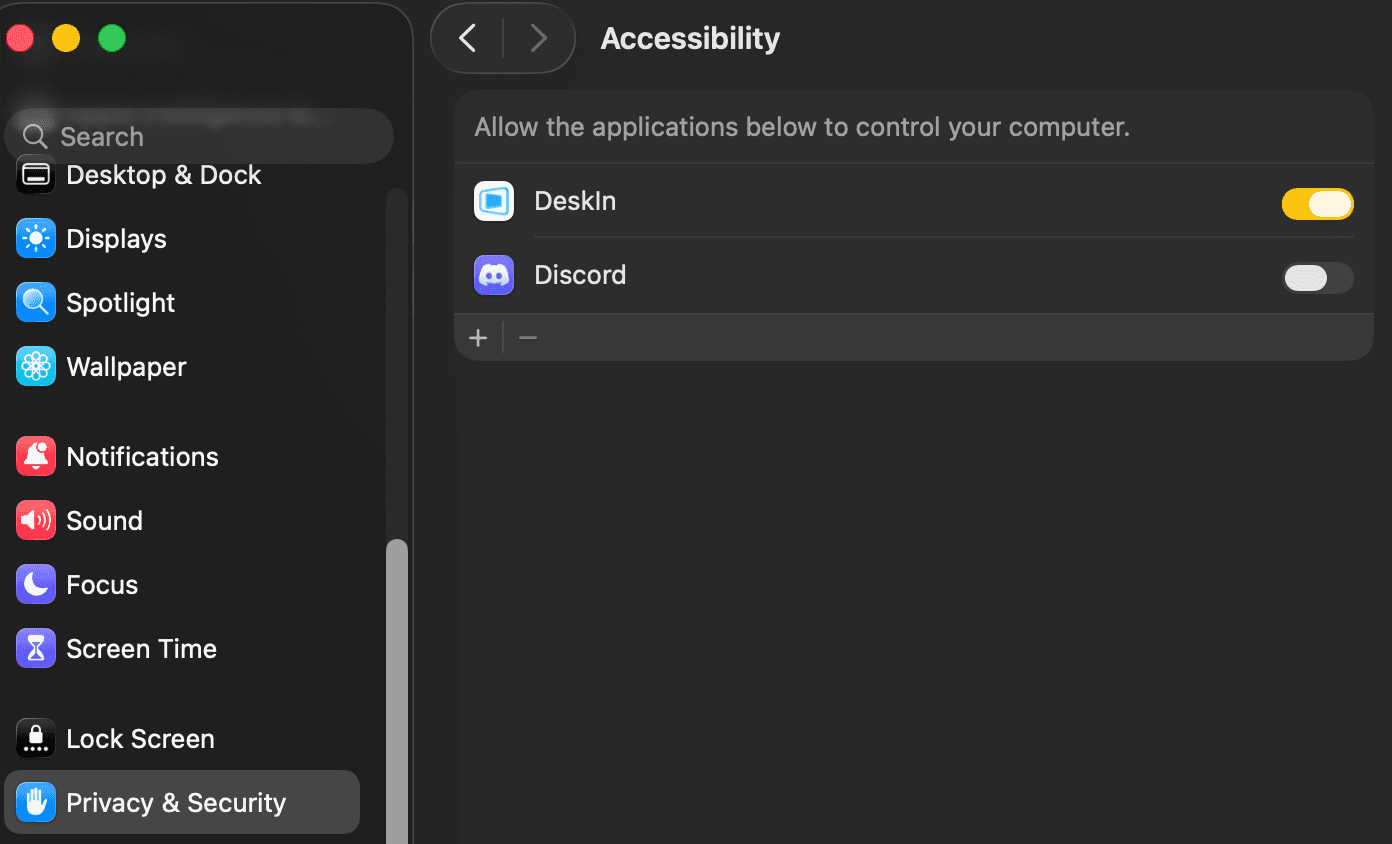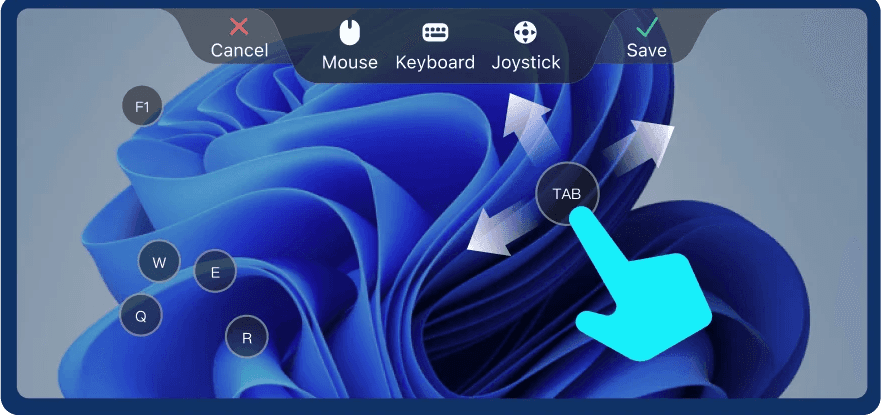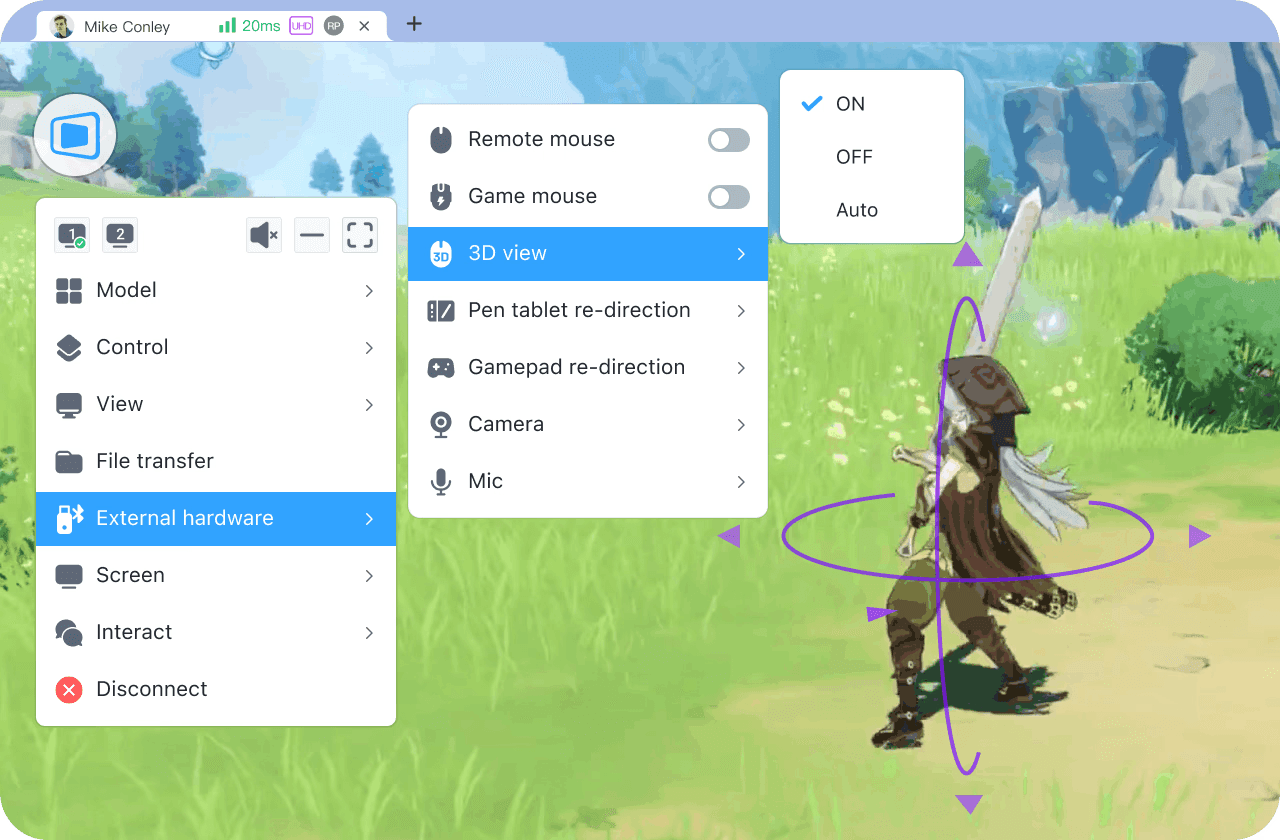Sản phẩm của Apple như iPhone và Mac có thể chuyển dữ liệu trực tiếp qua Airdrop. Đối với việc chuyển dữ liệu giữa iPhone và Windows, nhiều người sử dụng truyền dẫn có dây USB vì nó có thể đảm bảo tốt hơn tốc độ và chất lượng truyền tải. Liệu có cách nào để đạt được truyền tải không dây chất lượng cao giữa iPhone và Windows giống như truyền dẫn USB không? Bài viết dưới đây sẽ dạy bạn hai phương pháp đơn giản và dễ sử dụng, cho phép bạn dễ dàng chuyển dữ liệu qua hệ thống mà không dây.
1. Sử dụng Thư mục Chia sẻ để Chuyển tệp giữa Máy tính Windows và Thiết bị Apple.
Bước 1: Tạo một Thư mục trên Windows của bạn
Bước 2: Cài đặt Chia sẻ
Click chuột phải vào thư mục >> chọn "Thuộc tính" >> Nhấp vào Tab "Chia sẻ" >> Nhấp vào "Chia sẻ" >> Tìm "Mọi người" >> Nhấp vào "Thêm" >> Thay đổi Mức quyền thành "Đọc/Ghi" >> Nhấp vào "Chia sẻ".

Bước 3:Cài đặt Chia sẻ nâng cao
Mở "Bảng điều khiển" >> Nhấp vào "Mạng và Internet" >> Nhấp vào "Trung tâm Mạng và Chia sẻ" > Nhấp vào "Thay đổi cài đặt chia sẻ nâng cao" bên trái.

Bật "Khám phá mạng", "Chia sẻ tệp và máy in", "Chia sẻ thư mục công cộng". Tắt "chia sẻ được bảo vệ bằng mật khẩu", sau đó lưu cài đặt!

Bước 4:Tìm Địa chỉ IP của Thiết bị Windows
Quay lại "Trung tâm Mạng và Chia sẻ" >> Nhập "Trạng thái WLAN" >> Nhấp "Chi tiết" và lấy địa chỉ IP của máy tính.

Bước 5:Kết nối với Thư mục Chia sẻ từ iPhone/iPad
Mở "Tệp" trên iPhone/iPad của bạn >> Nhấp vào ba dấu chấm ở góc trên bên phải >> Chọn "Kết nối với Máy chủ" >> Nhập địa chỉ IP của thiết bị Windows >> Nhấp "Kết nối" >> Đặt liên hệ là "Khách" >> Nhấp "Tiếp theo" >> Bây giờ bạn có thể truy cập vào thiết bị Windows.

Bước 6:Chuyển tệp từ Windows sang iPhone/iPad
Đặt các tệp trên Windows mà bạn muốn chia sẻ vào thư mục chia sẻ. Tìm thư mục chia sẻ từ iPhone và bạn sẽ có được các tệp và tải chúng về điện thoại của bạn.
Bước 7:Chuyển tệp từ iPhone/iPad sang Windows
Bạn có thể chọn các ảnh, video hoặc tệp trên iPhone/iPad mà bạn muốn chuyển và nhấp "Chia sẻ" >> "Lưu vào Tệp" để lưu chúng trong thư mục chia sẻ. Sau đó, bạn có thể dễ dàng tải các tệp từ máy tính Windows của mình.
Ưu và Nhược điểm
Ưu điểm: Phương pháp này có thể thực hiện truyền tải không dây giữa các thiết bị iOS và Windows, không giới hạn kích thước, loại và số lượng tệp, và chất lượng truyền tải cao. Hơn nữa, bạn không cần cài đặt ứng dụng khác trên các thiết bị của mình.
Nhược điểm: Các cài đặt tương đối phức tạp và không phù hợp cho việc truyền tải khoảng cách xa vì bạn không thể đưa tệp vào thư mục chia sẻ khi bạn xa máy tính Windows. Ngoài ra, mọi người chỉ có thể truy cập tài liệu chia sẻ thông qua địa chỉ IP, điều này có thể gây ra rủi ro rò rỉ thông tin.
2. Sử dụng Phần mềm Máy tính từ xa để Chuyển tệp
Nếu thiết bị Apple của bạn và Windows không ở cùng một nơi. Chúng ta có thể sử dụng phần mềm máy tính từ xa để chuyển tệp giữa hai thiết bị. Phương pháp này cũng không có giới hạn về kích thước và loại tệp, và an toàn hơn và dễ vận hành hơn. Bây giờ tôi sẽ chỉ cho bạn cách sử dụng phần mềm máy tính từ xa DeskIn để chia sẻ tệp giữa iPhone/iPhone và Windows.
Bước 1: Cài đặt DeskIn và Đăng ký Tài khoản
Tải xuống và cài đặt DeskIn trên iPhone/iPad và Windows, đăng ký một tài khoản và đăng nhập.
Chú ý: Khi bạn đăng nhập lần đầu vào một thiết bị mới, bạn cần hoàn tất xác minh email——điều này nhằm đảm bảo an ninh tài khoản.

Bước 2: Kết nối
Mở ứng dụng DeskIn trên iPhone/iPad >> "Điều khiển từ xa" >> Nhập ID thiết bị của PC Windows của bạn (Bạn có thể tìm thấy ID này trên giao diện chính của DeskIn Windows) >> Nhấp "Chuyển tệp" để kết nối. Bạn có thể sử dụng mật khẩu tạm thời để kết nối (Bạn có thể tìm thấy nó trên giao diện chính của DeskIn Windows), hoặc bạn có thể sử dụng kết nối không cần mật khẩu và hoàn tất xác minh thủ công trên PC.

Bước 3: Chuyển tệp
(1) tệp iPhone/iPad→PC Windows
Nhập vào giao diện "Chuyển tệp" >> nhấp "Gửi tệp" >> Chọn tệp >> Nhấp "Thay đổi Đường dẫn" (Chọn vị trí tệp) >> Nhấp "Gửi"


(2) tệp PC Windows→iPhone/iPad
Nhập vào giao diện "Chuyển tệp" >> nhấp "Tải tệp" >> Chọn tệp >> Nhấp "Tải xuống"


Chú ý: Dù bạn đang chuyển tệp từ iPhone sang PC hay tệp PC sang iPhone, bạn phải thực hiện điều này trên Ứng dụng DeskIn của thiết bị di động của bạn (Điều này cũng áp dụng cho việc chuyển tệp giữa điện thoại Android và máy tính).
Các phần mềm từ xa khác như TeamViewer và AnyDesk cũng có thể chuyển dữ liệu giữa iPhone và máy tính. Tuy nhiên, TeamViewer có giới hạn kích thước tệp 4GB và tốc độ truyền chậm hơn, và AnyDesk có giới hạn thời gian kết nối 1 giờ, điều này có thể ảnh hưởng đến thời gian truyền dài. Phần mềm được khuyên dùng nhất là DeskIn, không có giới hạn về kích thước, loại và số lượng tệp, thời gian kết nối ổn định và không giới hạn, tốc độ truyền nhanh và chất lượng truyền không thua kém tốc độ truyền cáp USB.
Kết luận
Để dễ dàng chuyển dữ liệu không dây giữa iPhone và máy tính, bạn có thể sử dụng hai phương pháp được giới thiệu trong bài viết này: chuyển tệp bằng thư mục chia sẻ của hệ thống hoặc sử dụng phần mềm từ xa DeskIn. Cả hai phương pháp đều miễn phí và tương đối dễ sử dụng. Ngoài việc thích hợp cho các thiết bị iOS và Windows, DeskIn cũng hoạt động với Mac và Android. Nếu bạn muốn chuyển tệp trên các hệ thống bất cứ lúc nào, bất cứ nơi đâu, hãy tải xuống và sử dụng ngay bây giờ.
Sản phẩm của Apple như iPhone và Mac có thể chuyển dữ liệu trực tiếp qua Airdrop. Đối với việc chuyển dữ liệu giữa iPhone và Windows, nhiều người sử dụng truyền dẫn có dây USB vì nó có thể đảm bảo tốt hơn tốc độ và chất lượng truyền tải. Liệu có cách nào để đạt được truyền tải không dây chất lượng cao giữa iPhone và Windows giống như truyền dẫn USB không? Bài viết dưới đây sẽ dạy bạn hai phương pháp đơn giản và dễ sử dụng, cho phép bạn dễ dàng chuyển dữ liệu qua hệ thống mà không dây.
1. Sử dụng Thư mục Chia sẻ để Chuyển tệp giữa Máy tính Windows và Thiết bị Apple.
Bước 1: Tạo một Thư mục trên Windows của bạn
Bước 2: Cài đặt Chia sẻ
Click chuột phải vào thư mục >> chọn "Thuộc tính" >> Nhấp vào Tab "Chia sẻ" >> Nhấp vào "Chia sẻ" >> Tìm "Mọi người" >> Nhấp vào "Thêm" >> Thay đổi Mức quyền thành "Đọc/Ghi" >> Nhấp vào "Chia sẻ".

Bước 3:Cài đặt Chia sẻ nâng cao
Mở "Bảng điều khiển" >> Nhấp vào "Mạng và Internet" >> Nhấp vào "Trung tâm Mạng và Chia sẻ" > Nhấp vào "Thay đổi cài đặt chia sẻ nâng cao" bên trái.

Bật "Khám phá mạng", "Chia sẻ tệp và máy in", "Chia sẻ thư mục công cộng". Tắt "chia sẻ được bảo vệ bằng mật khẩu", sau đó lưu cài đặt!

Bước 4:Tìm Địa chỉ IP của Thiết bị Windows
Quay lại "Trung tâm Mạng và Chia sẻ" >> Nhập "Trạng thái WLAN" >> Nhấp "Chi tiết" và lấy địa chỉ IP của máy tính.

Bước 5:Kết nối với Thư mục Chia sẻ từ iPhone/iPad
Mở "Tệp" trên iPhone/iPad của bạn >> Nhấp vào ba dấu chấm ở góc trên bên phải >> Chọn "Kết nối với Máy chủ" >> Nhập địa chỉ IP của thiết bị Windows >> Nhấp "Kết nối" >> Đặt liên hệ là "Khách" >> Nhấp "Tiếp theo" >> Bây giờ bạn có thể truy cập vào thiết bị Windows.

Bước 6:Chuyển tệp từ Windows sang iPhone/iPad
Đặt các tệp trên Windows mà bạn muốn chia sẻ vào thư mục chia sẻ. Tìm thư mục chia sẻ từ iPhone và bạn sẽ có được các tệp và tải chúng về điện thoại của bạn.
Bước 7:Chuyển tệp từ iPhone/iPad sang Windows
Bạn có thể chọn các ảnh, video hoặc tệp trên iPhone/iPad mà bạn muốn chuyển và nhấp "Chia sẻ" >> "Lưu vào Tệp" để lưu chúng trong thư mục chia sẻ. Sau đó, bạn có thể dễ dàng tải các tệp từ máy tính Windows của mình.
Ưu và Nhược điểm
Ưu điểm: Phương pháp này có thể thực hiện truyền tải không dây giữa các thiết bị iOS và Windows, không giới hạn kích thước, loại và số lượng tệp, và chất lượng truyền tải cao. Hơn nữa, bạn không cần cài đặt ứng dụng khác trên các thiết bị của mình.
Nhược điểm: Các cài đặt tương đối phức tạp và không phù hợp cho việc truyền tải khoảng cách xa vì bạn không thể đưa tệp vào thư mục chia sẻ khi bạn xa máy tính Windows. Ngoài ra, mọi người chỉ có thể truy cập tài liệu chia sẻ thông qua địa chỉ IP, điều này có thể gây ra rủi ro rò rỉ thông tin.
2. Sử dụng Phần mềm Máy tính từ xa để Chuyển tệp
Nếu thiết bị Apple của bạn và Windows không ở cùng một nơi. Chúng ta có thể sử dụng phần mềm máy tính từ xa để chuyển tệp giữa hai thiết bị. Phương pháp này cũng không có giới hạn về kích thước và loại tệp, và an toàn hơn và dễ vận hành hơn. Bây giờ tôi sẽ chỉ cho bạn cách sử dụng phần mềm máy tính từ xa DeskIn để chia sẻ tệp giữa iPhone/iPhone và Windows.
Bước 1: Cài đặt DeskIn và Đăng ký Tài khoản
Tải xuống và cài đặt DeskIn trên iPhone/iPad và Windows, đăng ký một tài khoản và đăng nhập.
Chú ý: Khi bạn đăng nhập lần đầu vào một thiết bị mới, bạn cần hoàn tất xác minh email——điều này nhằm đảm bảo an ninh tài khoản.

Bước 2: Kết nối
Mở ứng dụng DeskIn trên iPhone/iPad >> "Điều khiển từ xa" >> Nhập ID thiết bị của PC Windows của bạn (Bạn có thể tìm thấy ID này trên giao diện chính của DeskIn Windows) >> Nhấp "Chuyển tệp" để kết nối. Bạn có thể sử dụng mật khẩu tạm thời để kết nối (Bạn có thể tìm thấy nó trên giao diện chính của DeskIn Windows), hoặc bạn có thể sử dụng kết nối không cần mật khẩu và hoàn tất xác minh thủ công trên PC.

Bước 3: Chuyển tệp
(1) tệp iPhone/iPad→PC Windows
Nhập vào giao diện "Chuyển tệp" >> nhấp "Gửi tệp" >> Chọn tệp >> Nhấp "Thay đổi Đường dẫn" (Chọn vị trí tệp) >> Nhấp "Gửi"


(2) tệp PC Windows→iPhone/iPad
Nhập vào giao diện "Chuyển tệp" >> nhấp "Tải tệp" >> Chọn tệp >> Nhấp "Tải xuống"


Chú ý: Dù bạn đang chuyển tệp từ iPhone sang PC hay tệp PC sang iPhone, bạn phải thực hiện điều này trên Ứng dụng DeskIn của thiết bị di động của bạn (Điều này cũng áp dụng cho việc chuyển tệp giữa điện thoại Android và máy tính).
Các phần mềm từ xa khác như TeamViewer và AnyDesk cũng có thể chuyển dữ liệu giữa iPhone và máy tính. Tuy nhiên, TeamViewer có giới hạn kích thước tệp 4GB và tốc độ truyền chậm hơn, và AnyDesk có giới hạn thời gian kết nối 1 giờ, điều này có thể ảnh hưởng đến thời gian truyền dài. Phần mềm được khuyên dùng nhất là DeskIn, không có giới hạn về kích thước, loại và số lượng tệp, thời gian kết nối ổn định và không giới hạn, tốc độ truyền nhanh và chất lượng truyền không thua kém tốc độ truyền cáp USB.
Kết luận
Để dễ dàng chuyển dữ liệu không dây giữa iPhone và máy tính, bạn có thể sử dụng hai phương pháp được giới thiệu trong bài viết này: chuyển tệp bằng thư mục chia sẻ của hệ thống hoặc sử dụng phần mềm từ xa DeskIn. Cả hai phương pháp đều miễn phí và tương đối dễ sử dụng. Ngoài việc thích hợp cho các thiết bị iOS và Windows, DeskIn cũng hoạt động với Mac và Android. Nếu bạn muốn chuyển tệp trên các hệ thống bất cứ lúc nào, bất cứ nơi đâu, hãy tải xuống và sử dụng ngay bây giờ.






